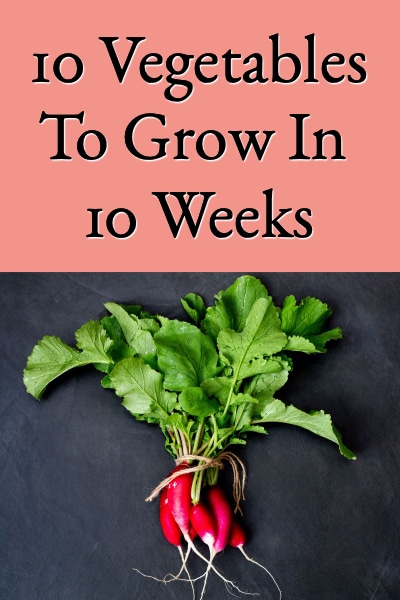
It’s true that popular vegetables like tomatoes, broccoli, and melons do take long growing seasons; however, there are numerous other vegetables that can be grown and harvested in less than ten weeks.
Since even the most seasoned farmer can get discouraged weeding and waiting for those long-season vegetables, it’s smart to plant fast-growing crops. These 10 vegetables to grow in 10 weeks will have you enjoying homegrown veggies quickly.
Not only do these quick vegetables grow well in limited space (as well as in containers), when it comes to the leafy veggies, you can snip outer leaves off with scissors and let the plant keep growing. This gives you the ability to harvest more from each plant all season long. You can make your own seed starting and planting schedule by following the instructions here – Making A Seed Starting & Planting Schedule.
Choosing 10 Vegetables To Grow In 10 Weeks
When choosing quick-growing varieties, it’s important to select varieties that have the “days to maturity” identified on the packet or in the catalog description, and that mature fast for that vegetable. For example, there are varieties of kohlrabi that have days to maturity listed as 80 days and there are those that have it listed as 45 days. To get a quick harvest, obviously, the faster 45-day variety should be selected.
For the fastest crops, it’s also important that the seeds germinate quickly. It’s a good idea to hydrate your seeds for up to 24 hours before planting them in the soil. This helps to speed up the germination process. To hydrate seeds, use a cup of compost tea and put the seeds in there. Wait 24 hours, drain the tea through some cheesecloth (or even a paper towel) over a sink to make sure you don’t lose any seeds, and then plant them per the instruction on the seed packet.
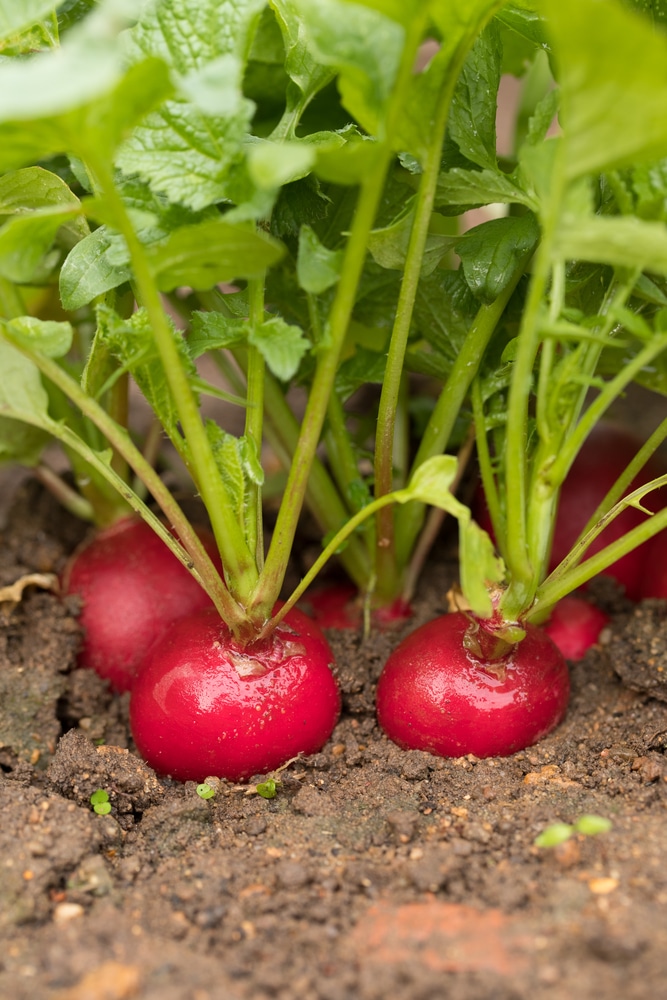
Quick Growing Radishes
It is standard in the seed industry to include the germination time in the days to maturity estimate; however, the estimate is typically based on plants that have been germinated and grown under optimal conditions. So, it’s important to understand that the germination and growing environment must be ideal to achieve the estimated harvest time. Since conditions are not always ideal on our farms, it’s not unusual for plants to reach maturity a few days later than that identified on the packet. Still, picking fast-maturing varieties can dramatically boost yields over the course of a year.
Which 10 Vegetables To Grow In 10 Weeks (Or Less)
The following vegetables can all be grown and harvested in less than ten weeks, and prefer growing in cooler temperatures. That makes them perfect for planting in spring and fall when it’s too cold for the longer season vegetables like tomatoes and melons. They can all be sown directly into loamy garden soil, and it should be loose and friable for the root vegetables (or they will grow misshapen).
The specific vegetable varieties identified are those that do well in many regions, and have recently grown quickly and well on our farm. The photographs below were taken at six weeks of age. It’s amazing how quickly they grow!
ARUGULA
Arugula (Eruca sativa) is a leafy green that has gained popularity in recent years. It has a slight peppery taste and is also known as rocket because it grows so quickly. It reaches maturity in about 40 to 50 days after sowing but can be cut for baby greens in as little as 20 days. Both unnamed varieties of arugula and the variety Astro are worth trying.
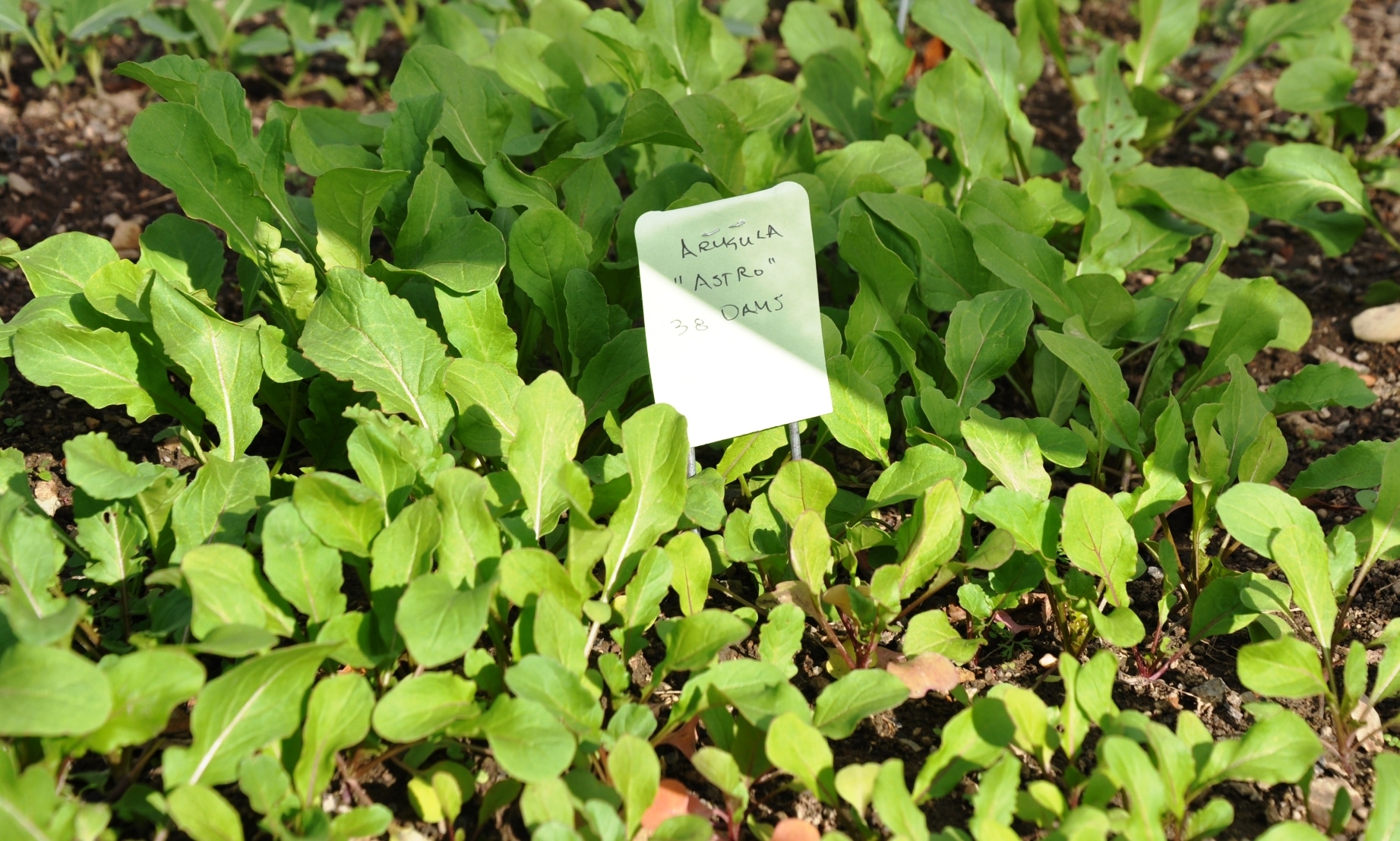
Six Week Old Arugula “Astro”
BEET
Beets (Beta vulgaris) are an old-fashioned root vegetable that is often overlooked today. However, they are easy to grow, resistant to diseases and insects, a great source of vitamins, and tasty. Both the root and the greens can be eaten (the greens make a nice addition to salad mixes), so there is almost no waste. Beetroots can typically be harvested within 50 days, while the leaves can be cut for baby greens starting at about 35 days. In many areas of the country, they can be planted every two weeks to keep a continuous harvest going from spring through fall. Red Ace and Merlin are two good varieties to try.
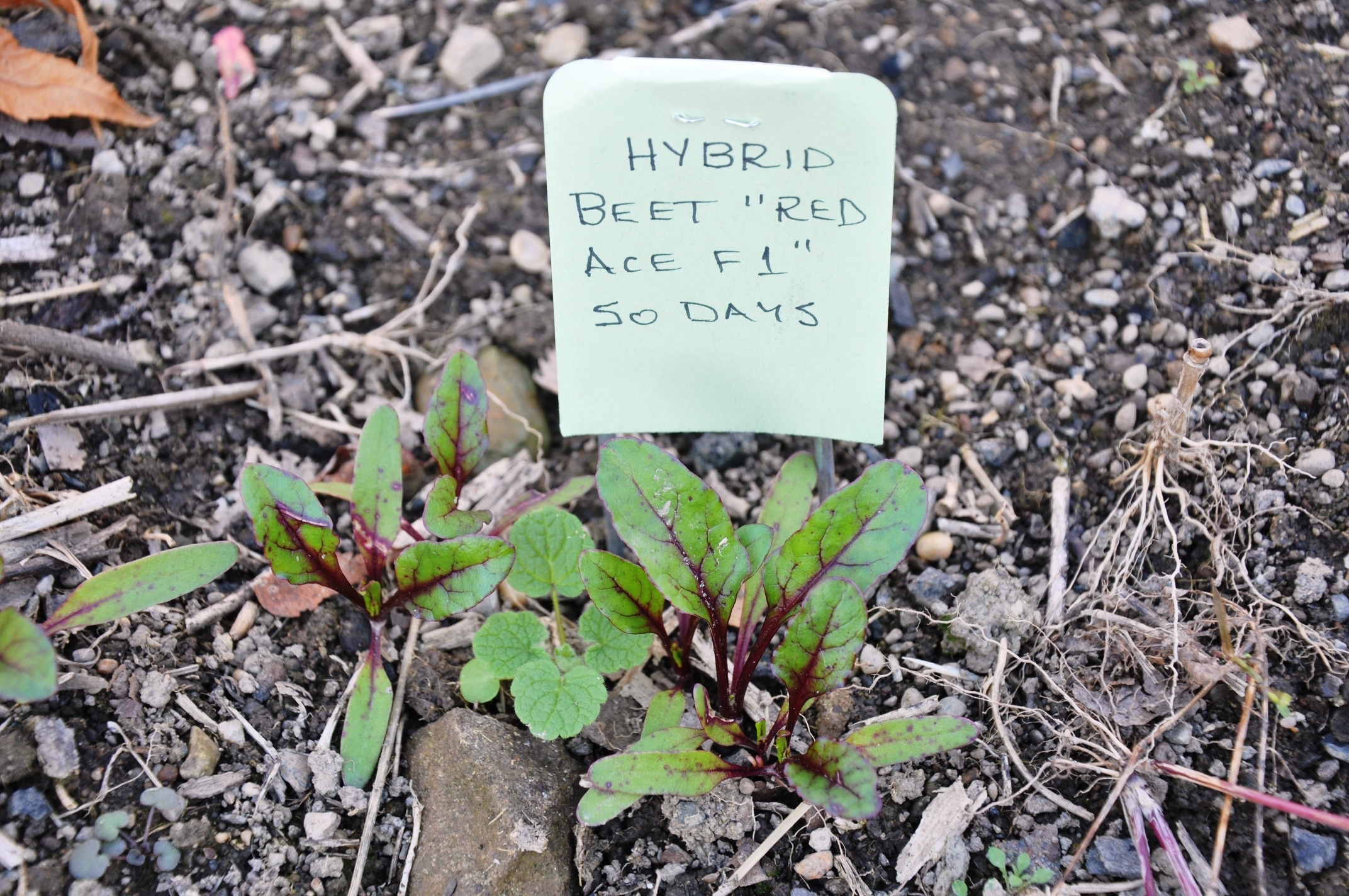
Six Week Old Beet “Red Ace”
KALE
Kale (Brassica oleracea) is a very cold-tolerant member of the cabbage family that has been gaining popularity in recent years. It’s also resistant to heat so it can be grown year-round in many regions. There are varieties that are good for baby or mature greens, and cold weather enhances the flavor of kale. It matures in about 50 days or can be picked for baby greens at about 25 days. Red Russian and Toscano are varieties that are typically successful.
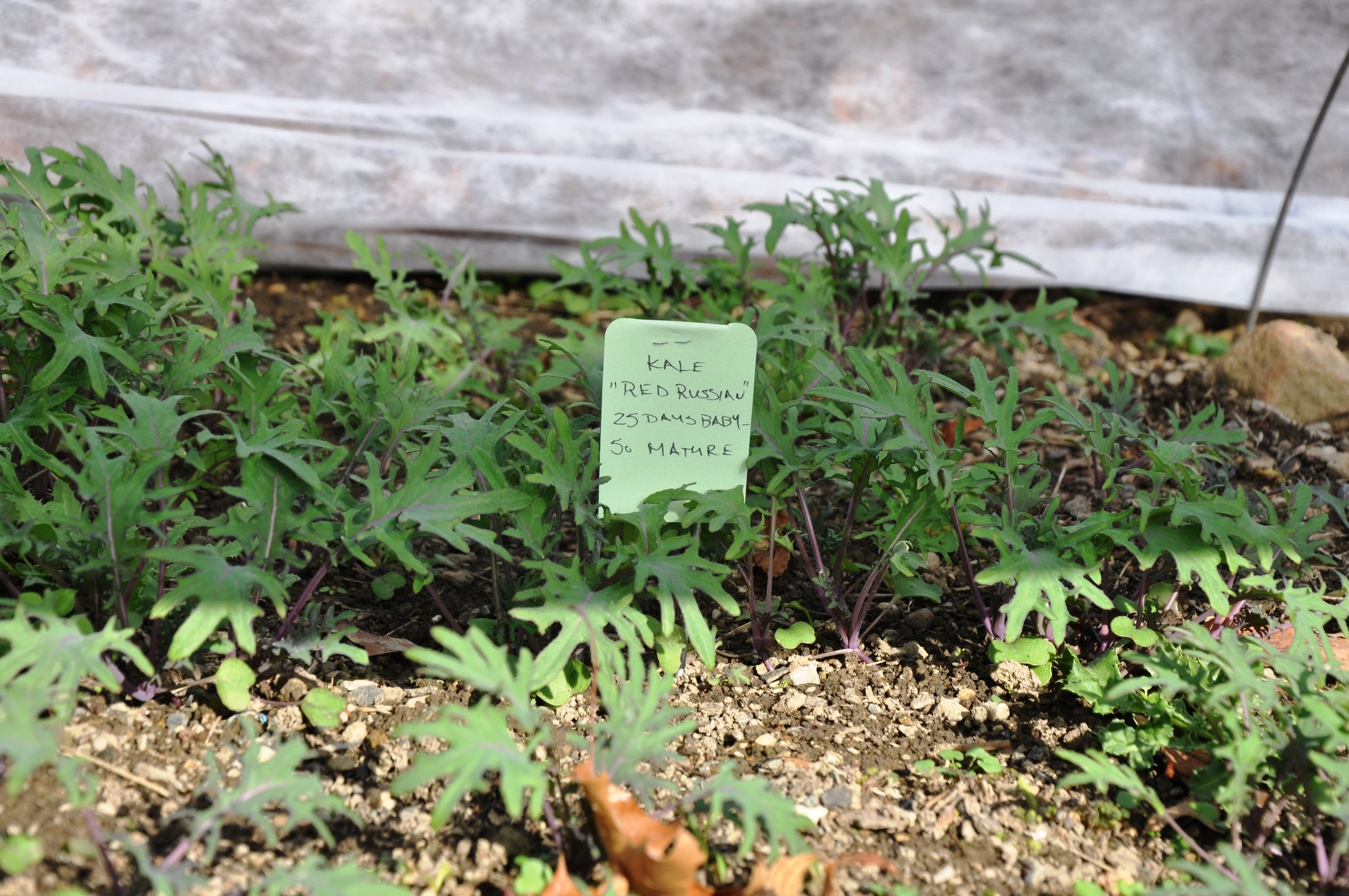
Six Week Old Kale “Red Russian”
KOHLRABI
Kohlrabi (Brassica oleracea) is the strange-looking relative of cabbage, and it can also be grown spring through fall in many areas. The edible portion is crisp and tastes something like the heart of a cabbage plant when eaten raw. Several quick maturing varieties are ready for harvest starting at around 45 days, and it is another vegetable that can be planted every two weeks for a continuous harvest. Early White Vienna and Winner are both good varieties.
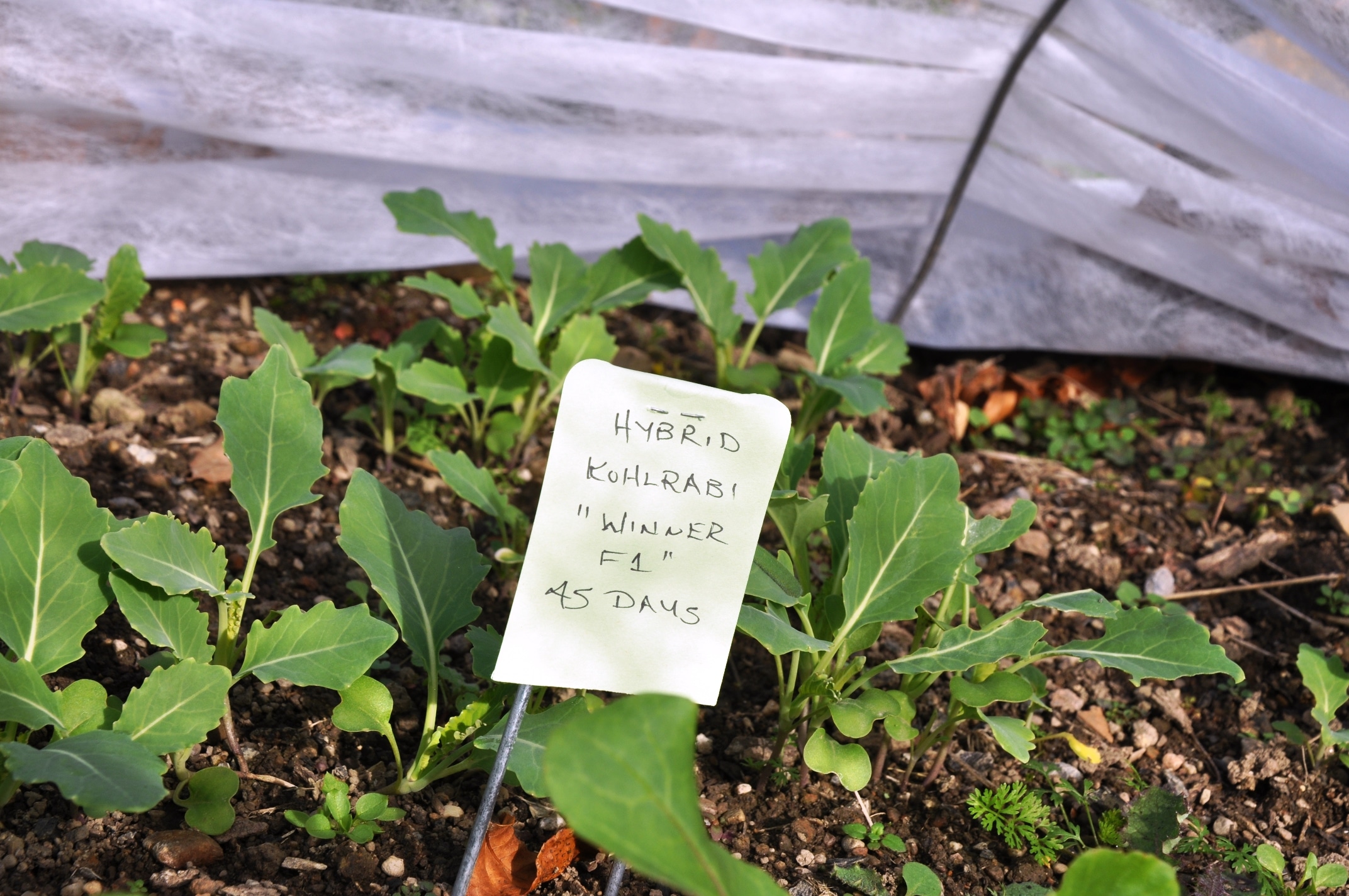
Six Week Old Kohlrabi “Winner”
LETTUCE OR LETTUCE MIX
There are few greens as popular as lettuce (Lactuca sativa), and it is extremely easy to grow. Several types are available, but the best for urban farms are usually the loose-leaf, non-heading varieties. Unlike the heading types (which are normally harvested all at once), the loose-leaf types can be harvested slowly over time.
Today, many seed companies also offer packets of mixed lettuce seeds. They usually contain several brightly colored lettuce varieties that are beautiful to grow and delicious to eat. Lettuce can be harvested in 50 – 60 days for mature leaves or 30 days for baby greens. Baby Oakleaf, Green Saladbowl, and Red Saladbowl are all good individual leaf lettuce varieties.
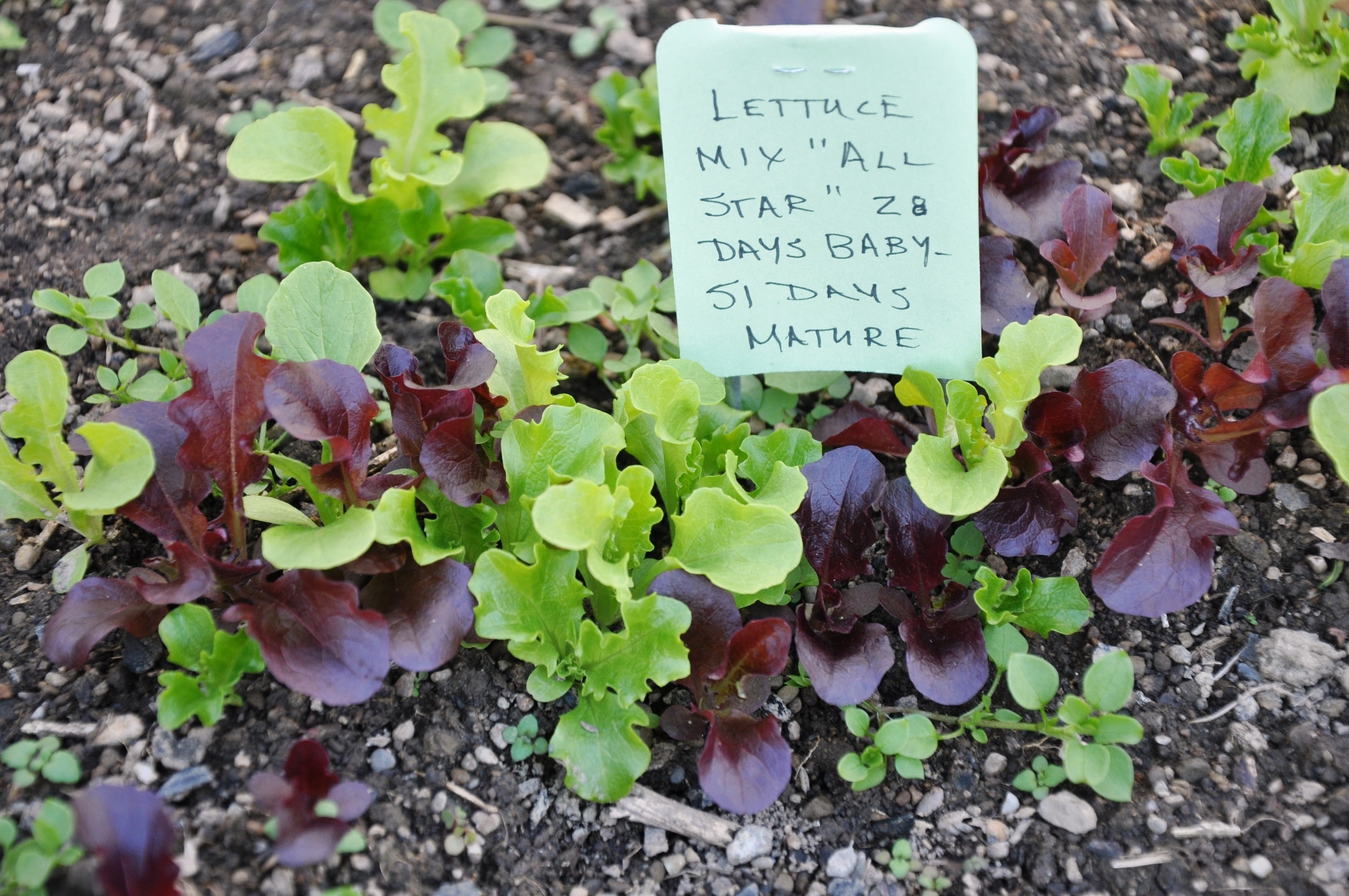
Six Week Old Lettuce Mis “All Star”
PEAS (SUGAR SNAPS)
Sugar snap peas (Pisum sativum) are a vining crop that can be grown vertically to save space and taste incredibly sweet. The entire pod (with the peas inside) is eaten, and they are delicious straight from the garden. For quick crops, it’s important to choose earlier maturing varieties like Sugar Ann. Harvest of sugar snaps typically begins around 55 days.
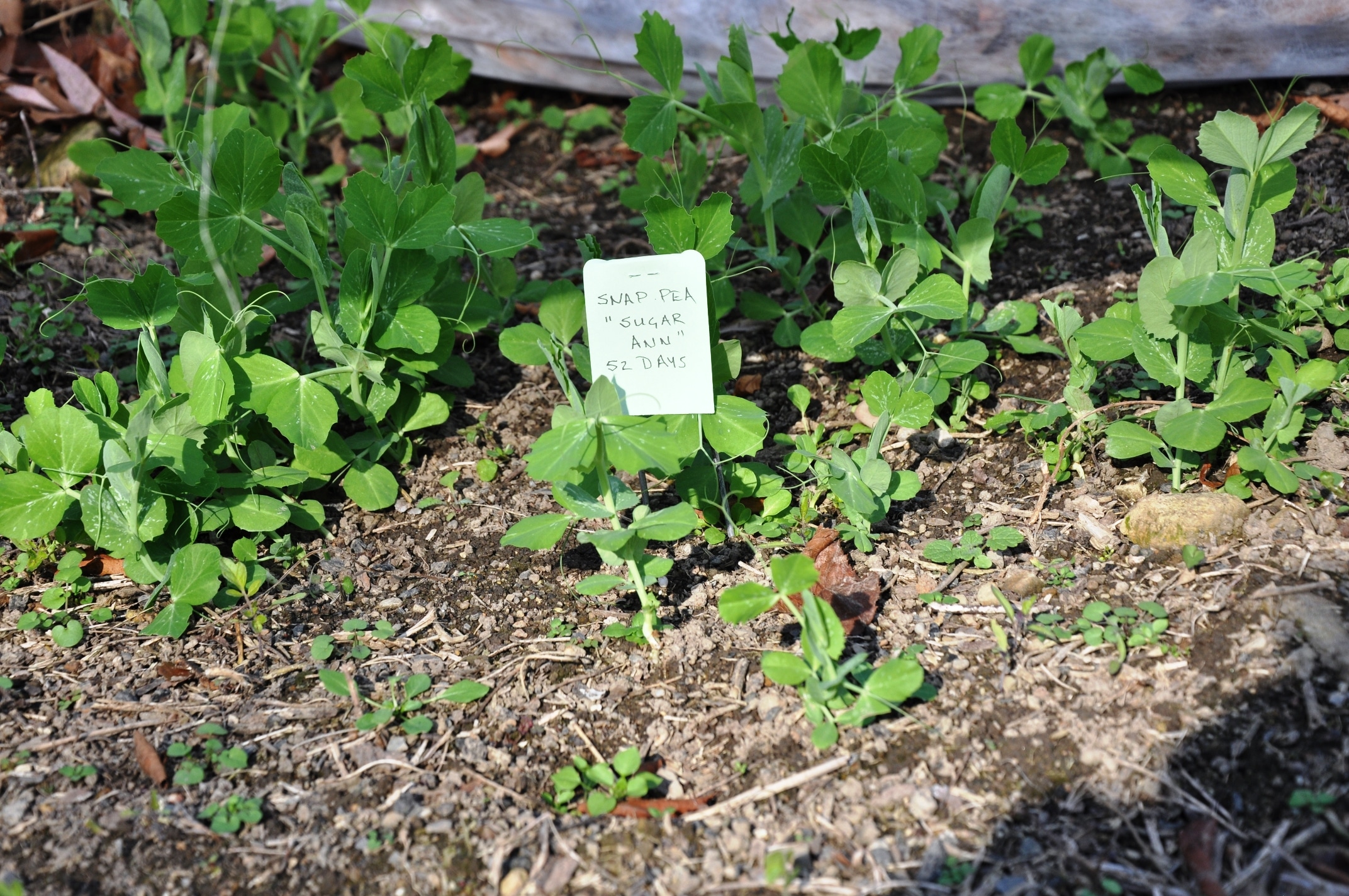
Six Week Old Sugar Snap Pea “Sugar Ann”
RADISH
Radishes (Raphanus sativus) are one of the first vegetables grown by man, and it’s amazing to see how quickly they grow. They are very easy to cultivate and can be sown every two weeks during spring and fall to provide a continuous harvest (most varieties don’t do well in the summer heat). The traditional round, red radish matures in as little as three weeks, and there are many varieties (and colors) to choose from. Rover and Pink Beauty are two traditional red varieties to try.
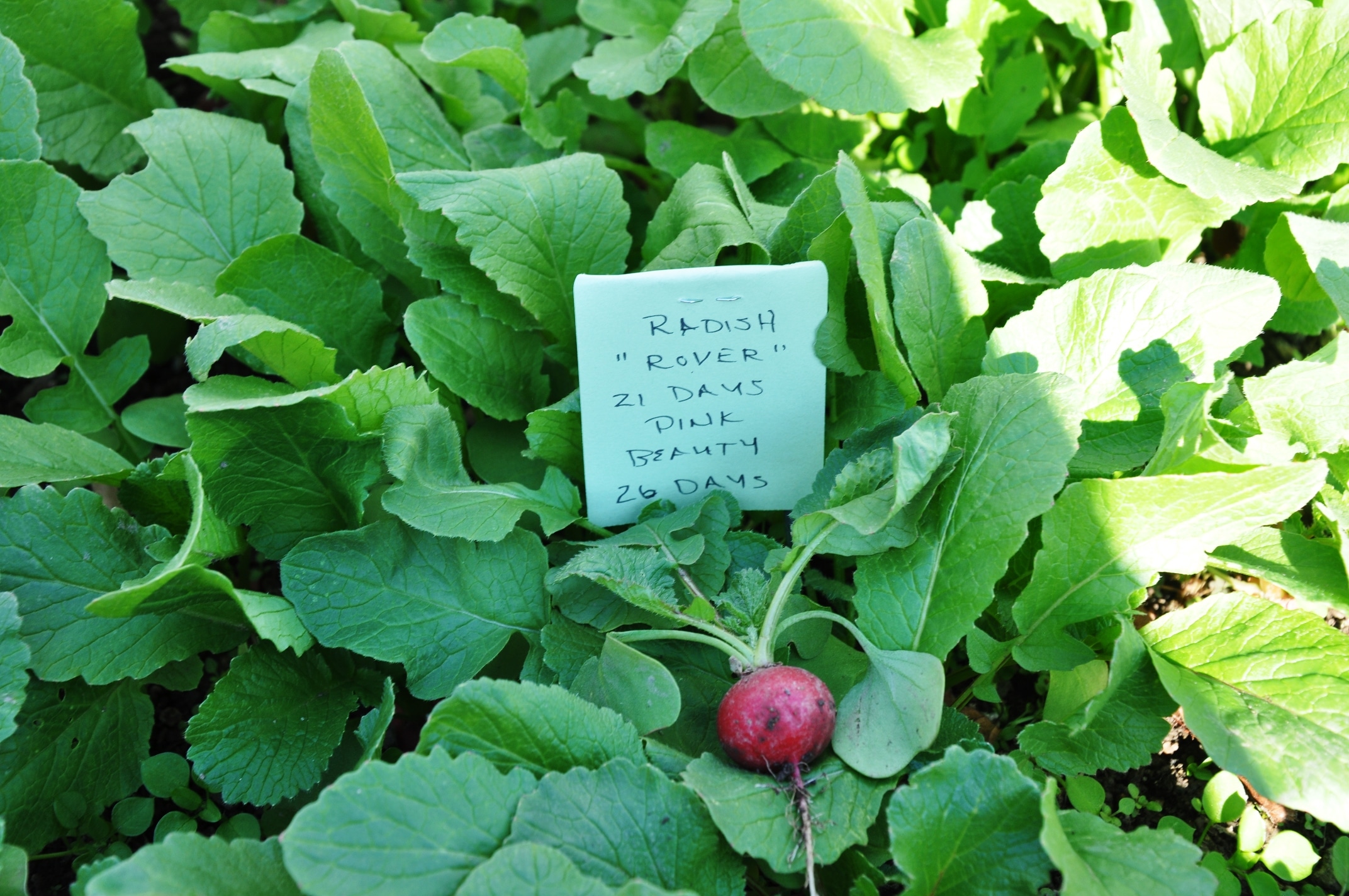
Six Week Old Radish “Rover”
SPINACH
Spinach (Spinacia oleracea) is particularly rich in vitamins and minerals, and it makes a great addition to salads or can be cooked. Like arugula, kale, and lettuce; it can be harvested over time as either baby or mature spinach. Baby greens are ready in about 25 days, while mature greens take about 40 days. Space and Bloomsdale Long Standing are varieties that are successful for many.
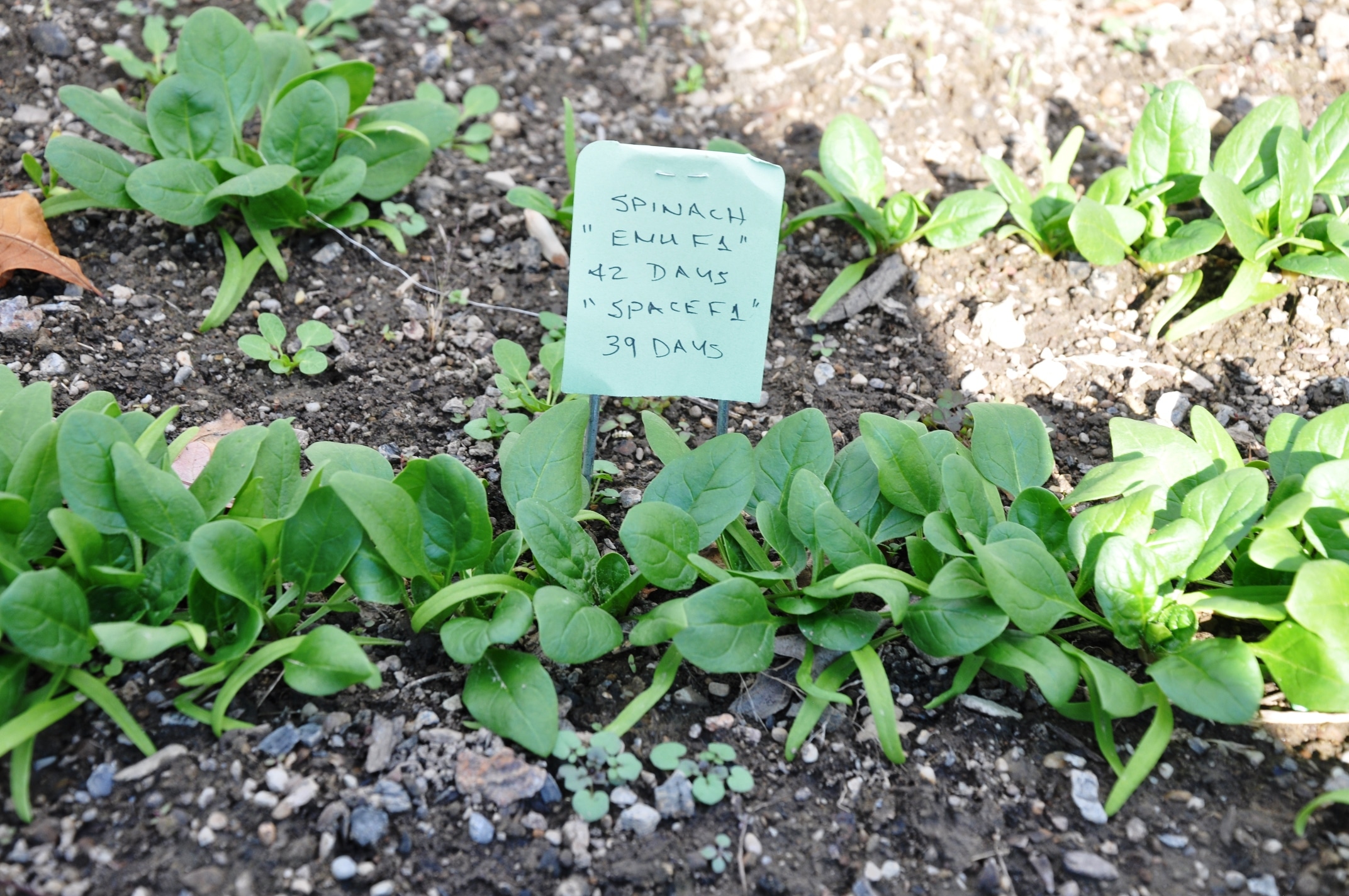
Six Week Old Spinach “Enu & Space”
SWISS CHARD
Chard (Beta vulgaris) is from the same plant family as the beet. But, it is grown for greens rather than the root. It is usually cooked and has a mild flavor. Chard is another plant that can be harvested over time, and a few established plants will supply a continuous harvest spring through fall. There are beautiful multicolored varieties available, and it can be harvested as baby greens at about 30 days or mature at 55 days. Bright Lights or Five Color Silverbeet are spectacular and tasty multicolored varieties to grow.
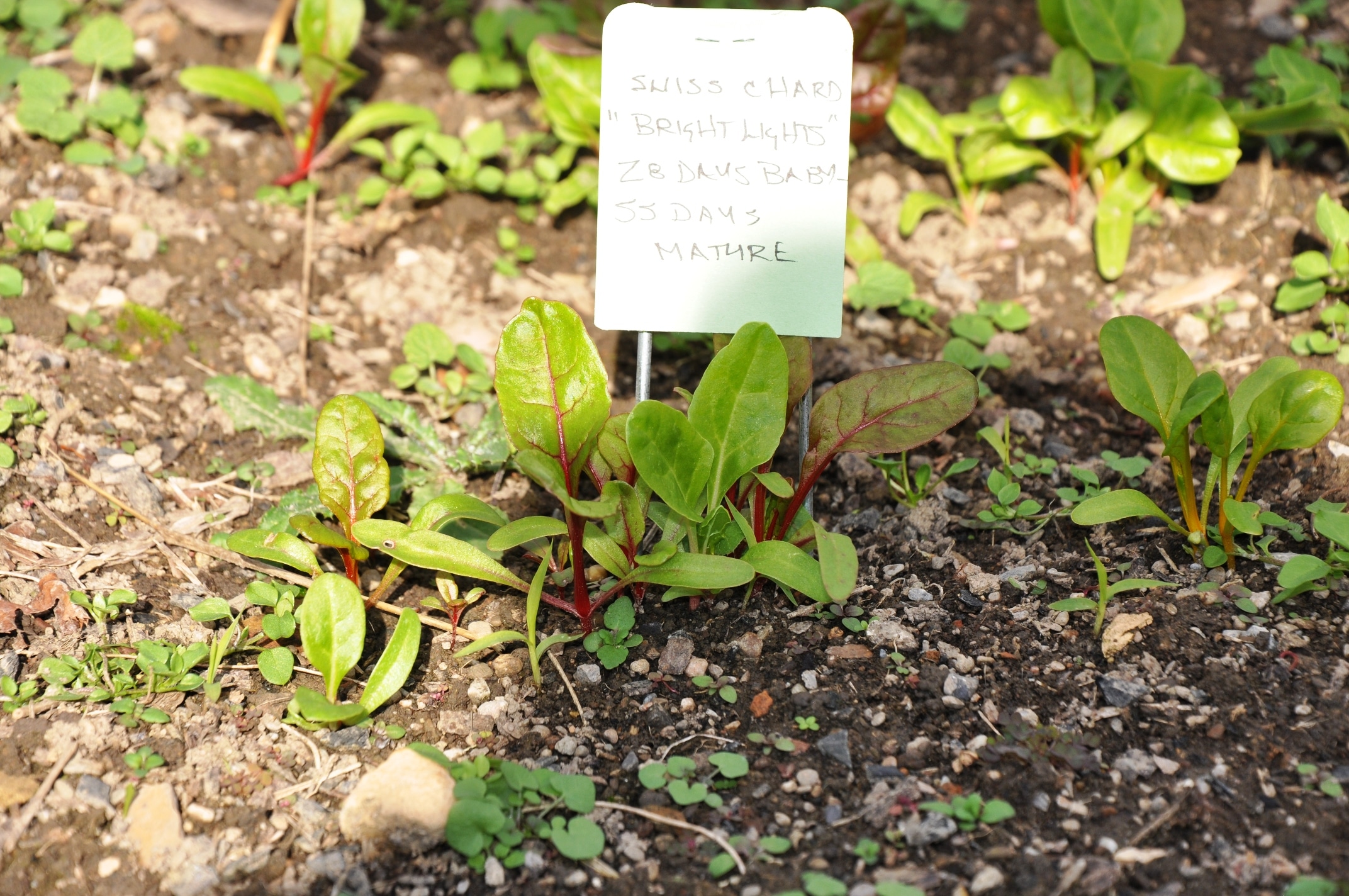
Six Week Old Swiss Chard
TURNIP
Turnips (Brassica rapa) are another crop where both the root and leaves can be eaten, and they are extremely easy to produce. Homegrown roots are surprisingly sweet and are best when harvested while they are still tender (about 2 inches in diameter). They typically mature in about 40 days. Hakurei is a good variety that is crisp, tender, and very sweet.
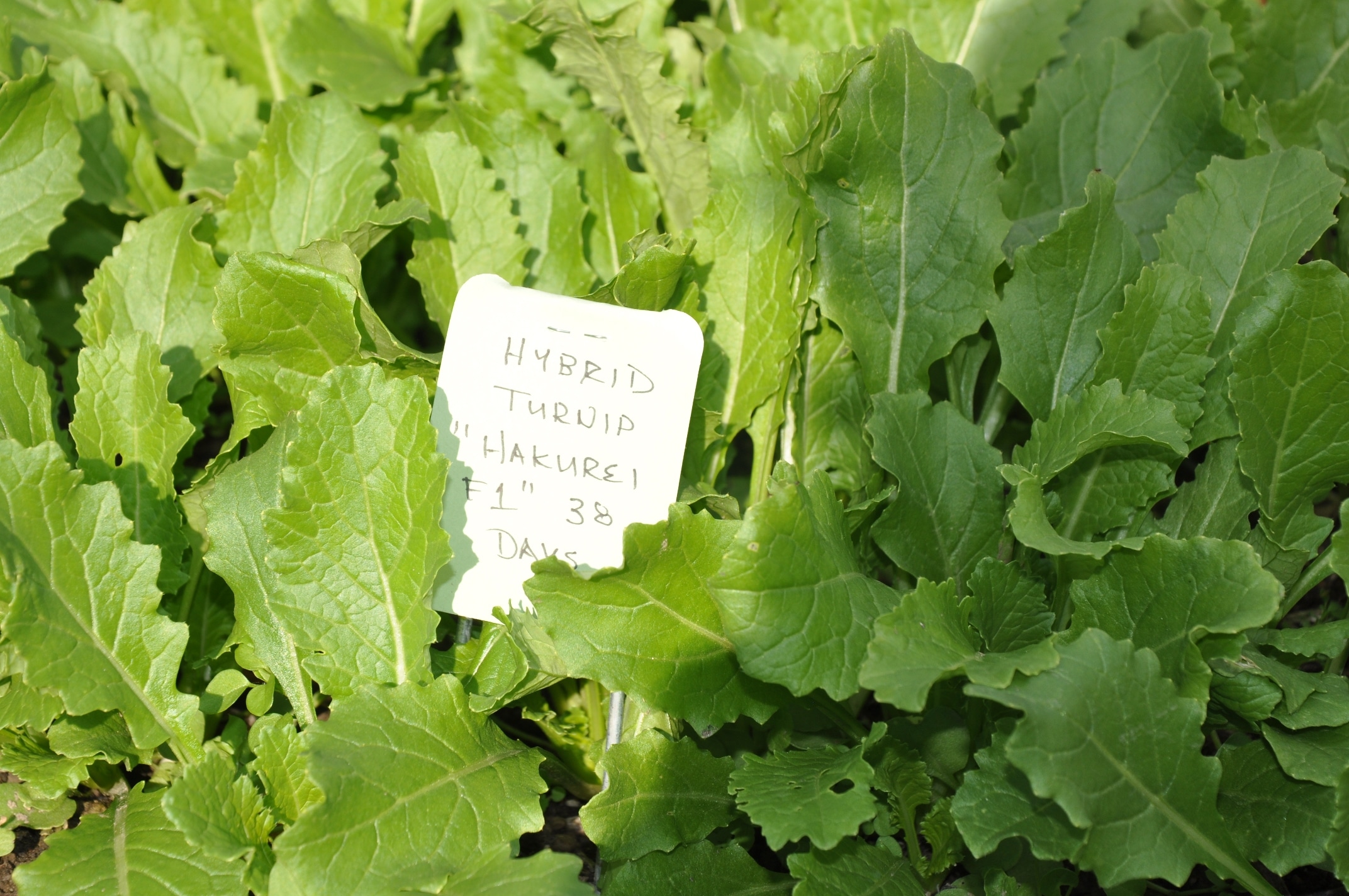
Six Week Old Turnip “Hakurei”
There are many more fast-producing vegetables that you can grow. But, these represent some of the most popular, tastiest, and easiest. I strongly recommend them for gardeners everywhere; because quick harvests are very encouraging and help keep the gardening spirit strong. There’s nothing tastier or more rewarding than an ongoing harvest of homegrown fresh vegetables.
Amber L Bradshaw says
I love gardening with quick results, I’m such an impatient gardener! This is why I started to grow microgreens with many of the vegetables you mention in this article. Seed to harvest in just a couple days.
Great article!